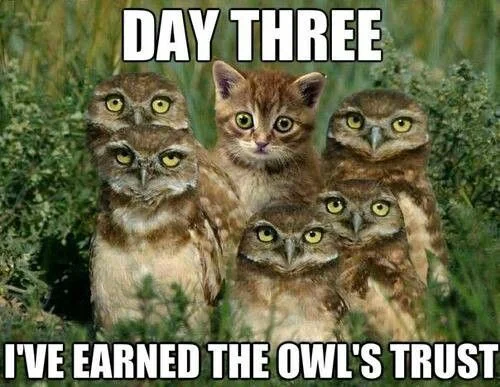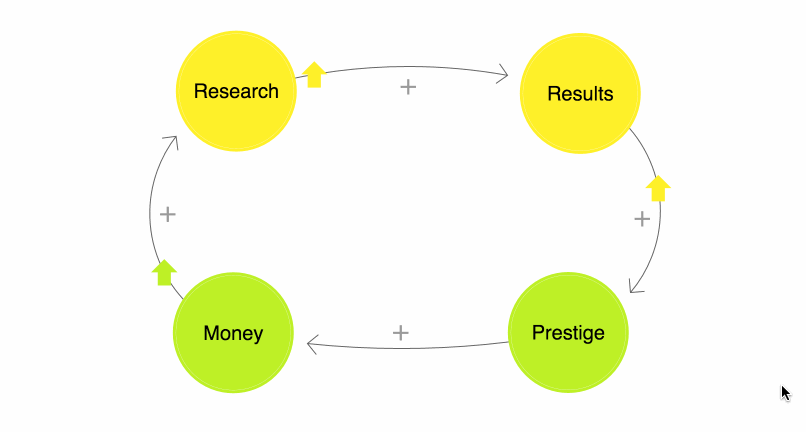What does it mean to design products in the context of AI? The slides at the bottom of this post focus the ways that AI technologies augment humans, creating what chess champion Garry Kasparov would call “centaurs” and what others might call “cyborgs.” This is true for both designers and the people they design for.
Read MoreI’ll kick off this post with a definition of trust, but focus on an analysis of trust in everyday and not-so-everyday situations: about 12,000 conversations among friends, family members and strangers. About 10% of all these conversations make some mention of trust. Then I’ll turn to more extreme situations exemplified by characters in 135 different TV shows, episodes are longer than conversations but on average 53% of TV episodes make at least one mention of trust.
Read MoreWe just posted the video for our latest AI in the 6ix (come to the next one!).
Our panel grappled with two use cases that have strong ethical implications: giving judges bail/sentencing recommendations and how to address social media filter bubbles that facilitate the spread of divisive politics.
Read MoreWelcome! There are many of us interested in the ethics of AI here at integrate.ai, and we wanted a format to explore and share our thoughts with a broader audience. So we decided to adopt the slack chat format used by the team at FiveThrityEight. This is our first chat, and we’ll be discussing ethics in AI.
Read MoreAlgorithms neither love nor suffer (despite all the hype about super-intelligent sentient robots). The products that algorithms power neither love nor suffer. But people build products and people use products. And a product that loves is one that, as Tyler Schnoebelen laid out in his recent Wrangle Talk, anticipates and respects the goals of the people it impacts. For us, this means building models with evaluation metrics beyond just precision, recall, or accuracy. It means setting objective functions that maximize not only profits, but the mutual benefit between company and consumer. It means helping businesses appreciate the miraculous nuances of people so they can provide contextual experiences and offer relevant products that may just make a consumer experience enjoyable.
Read MoreI had heard about Wrangle for a while — a data science conference where folks come to talk about the hardest problems they’ve faced and how they’ve found their ways around them. It also has a rancher-rustler theme, though you can’t see the cowboy boots I wore in the newly-posted video of my talk.
Here’s how I kicked off my 20-minute talk, called “The Ethics of Everybody Else”:
Every few years, I go through an exercise where I collect a giant list of values, virtues, and intentions and rank them. The whole endeavor is a pseudo-quantitative approach to something deeply qualitative, but it articulates what I’m finding meaningful and helps me choose how I spend time, energy, and money. In the past, it’s been especially useful for helping me come up with responses to tricky situations where I don’t immediately know what to do.
Read MoreProfessions run into ethical problems all the time. Consider engineering: the US sold $9.9b worth of arms in 2016 ($3.9b in missiles). The most optimistic reading is that instruments of death prevent death. Consider medicine: Medical research is dominated by concerns of market size and patentability, leaving basic questions like “is this fever from bacteria or virus” unanswered for people treating illnesses in low-income countries. Consider law: Lawyers upholding the law can break any normal definition of justice. Even in philosophy, ethicists are not known to be more moral than anyone else.
Read MoreThis is the visual version of my 5-pg paper, “Goal-oriented design for ethical machine learning and NLP”, which you can find alongside a bunch of others by going to http://ethicsinnlp.com/program.
Read More








